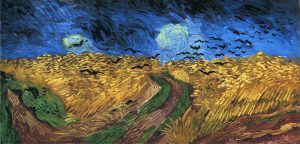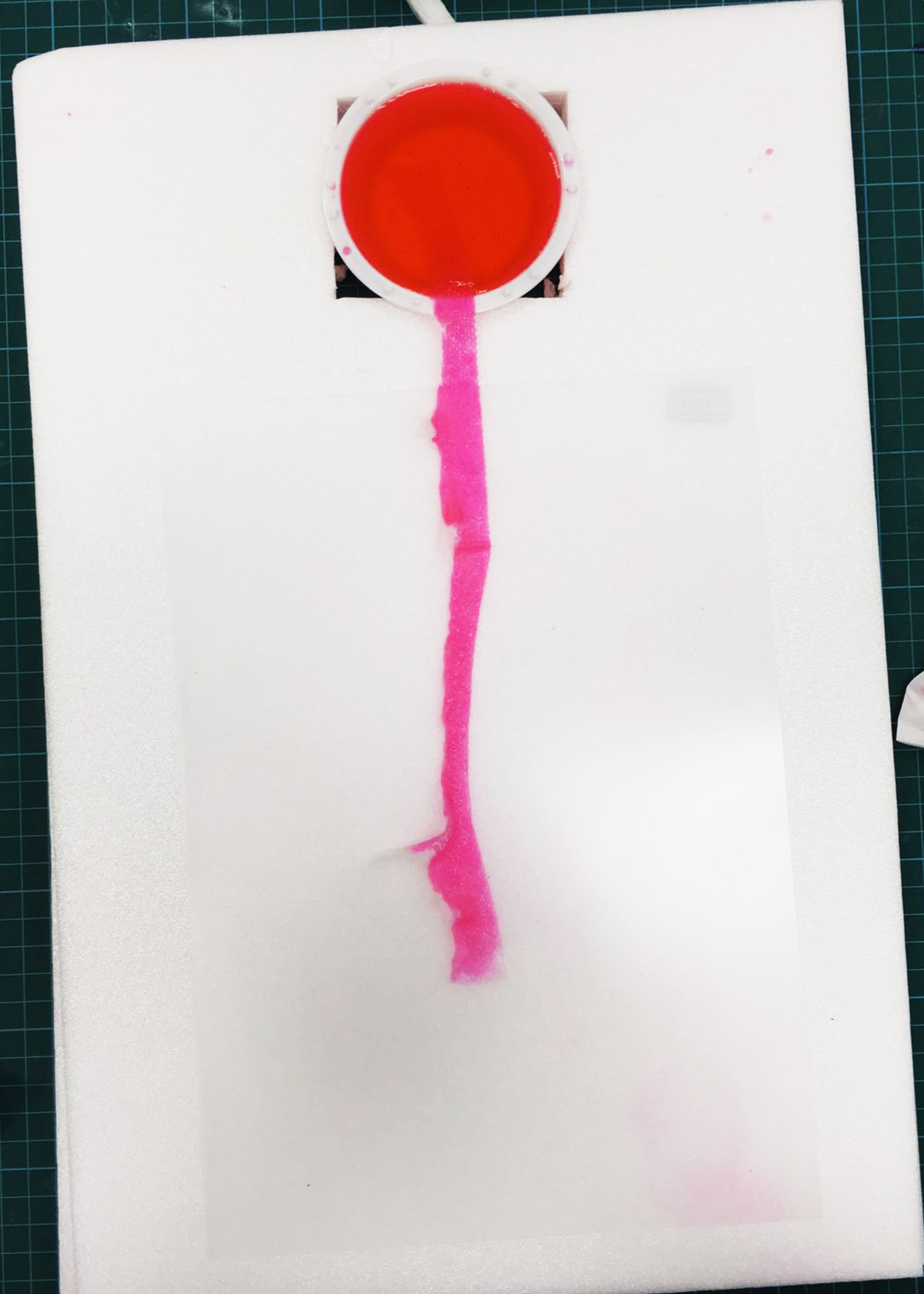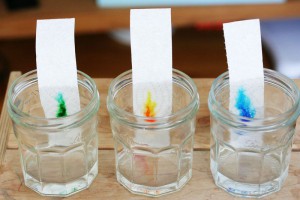Category: Research
Facebook : a one day affair that went south
When I first planned on my dictionary, I wanted to be on what people saw of me, so I went on facebook.
The status went as planned:
” Hey guys, if you don’t mind, could you comment below some words that you feel describes my personality. Spam if you want, don’t spam is also fine with me, I’mma chill yo!”
It’s simple, chirpy and casual.
The results are as shown,
blur blur
Artsy fartsy
Total commitment
Creative, talented
Water bottle and math class
Lovable, polite and laid-back And talented!!
Talented auntie!
Passionate. (When you talked about certain people while at Cambodia.)
Sweet,lovable,talented
cutie pie
Bubbly/chirpy/helpful/funny (I know I don’t know you well enough but this are what I’ve noticed haha)
You dig deeper (like how you choose to look past the lipstick and focused on his dedication towards his work)
Creative, talented
Free spirited haha
I’ve realised that in some way or another, to an outsider that knows absolutely nothing about me, some comments are not going to make sense to them.
As such I’ve separated each comment by who the person is, the role they play in my life, the memories that we share to understand what compelled them to spend time to comment on this silly facebook post.
I feel a tad mean in saying this, spare for a few select people, those who commented are people I spend less than 3 hours with in a week. Some are people who I have not talked to for years! I appreciate their kindness though.
Of course, as me, I don’t really feel the same way about myself as they feel about me. As much as I want to sustain it, the positivity in me is waning, lately it feels like I’m trying to be happy mainly for myself rather than for others.
It makes me wonder if people will still see me the same way when I’m no longer cheery.
—–
Anxiety is a rough one to battle.
It’s not something that I’d want to profess, it’s not something I’d like to hide either.
My horrible struggles with trichotillomania is not helping either.
What the heck is trichotillomania?
Google image this stuff and be prepared to cringe a little, or a lot, it’s all up to you.
Wikipedia it and you’ll get this:
Trichotillomania is defined as a self-induced and recurrent loss of hair. It includes the criterion of an increasing sense of tension before pulling the hair and gratification or relief when pulling the hair.
Anxiety, depression and obsessive–compulsive disorder are more frequently encountered in people with trichotillomania. Trichotillomania has a high overlap with post traumatic stress disorder, and some cases of trichotillomania may be triggered by stress.
Another school of thought emphasizes hair pulling as addictive or negatively reinforcing as it is associated with rising tension beforehand and relief afterward. A neurocognitive model — the notion that the basal ganglia plays a role in habit formation and that the frontal lobes are critical for normally suppressing or inhibiting such habits — sees trichotillomania as a habit disorder.
—————
“Eh, so when you are not stressed you don’t pull is it?”
Yup. So you could say that it comes in stages, the baldness that comes with stress and the regrowth that comes in an low stress environment.
“so don’t pull larh!”
The thing is that it’s hard not to. It’s habitual and it’s actually comforting to some level, it’s like relieving an itch.
“will there be a point where your hair don’t regrow again”
Here is the scary part, yeah, there’s a chance! As someone who dislike deadlines and permanence, here goes something that gives me anxiety.
Now my anxiety have anxieties. heh.
“Do you still go to the hairdressers?”
I haven’t for slightly over a year and I’d like to, someday.
“Don’t stress! Don’t stress!”
I’ll try, thank you.
————–
While researching on Van Gogh, more or less that one guy we all wished we could travel back in time to talk to and comfort, I came about this quote from him,
What moulting is to birds, the time when they change their feathers, that’s adversity or misfortune, hard times, for us human beings. One may remain in this period of moulting, one may also come out of it renewed, but it’s not to be done in public, however; it’s scarcely entertaining, it’s not cheerful, so it’s a matter of making oneself scarce.
Project 1 time| More thoughts & Inspirations
(N.B I haven’t been tagging these posts right last time hence I’m reuploading them in hopes that they appear in the class pages again!)
We are time’s subjects and time bids be gone. -Shakespeare
Time is unsympathetic and does not wait for anyone. We are only tiny pawns who have to live and act in the moment. In the awareness of our impermanence, do we really appreciate it? Can we appreciate it?
To us, sunrise and sunsets are the same day in day out, especially in our Singapore climate where you can guarantee one of two choices, a sunny dawn/dusk or a rainy dawn/dusk.
With our lives largely revolved around work and/or studies, dawn and dusk ultimately became associated with the banalities of life: dawn with one having to get up to work and dusk with one going home from work.
It made me wonder, do we appreciate the golden hour anymore if we are presented with the same thing everyday?
Sure we will enjoy sunrise at the top of mountains or sunsets at the beach but what about the sunrises we see peeking from MRT windows or sunsets from office buildings?
While researching, I came upon the works & words of photographer Henri Cartier-Bresson.
“A photograph is neither taken or seized by force. It offers itself up. It is the photo that takes you. One must not take photos.”
“Of all the means of expression, photography is the only one that fixes a precise moment in time.”
It made me think about how we can never control the surroundings around us but we can always document certain moments. As a photographer I am subjected to this amount of banality, can I make it beautiful?
I came upon Nobuhiro Nakanishi’s layer drawings while researching and is extremely captivated by his work.
They are not so much drawings as they are a photographic installation. As explained in his artist statement,
In “Layer Drawing #001—#081” (pp.12-13), by making up the whole picture with the accumulation of continuous changes of time and movement of each object and scene, he presents in a form the process of grasping objects beyond the two-dimensional visual image.
The pieces look three-dimensional without reality contained in small shining boxes (the image seems to be floating in a small box because 24 slide-mounts are piled up). However, this object is not three-dimensional with depth. It has another dimension, that is, the element of continuous movement produced by continuous changes in the object and scenery.
Nakanishi’s work is interesting because he captures every single second of the scene and amalgamating them to become this big block of time. You could actually see the changes in colour in his works as the elements inside it shift as he is photographing them and I find that really interesting.
Inspired by these works, I’ve decided to choose photography as the main medium for my projects because of how easily it captures the ethereal nature of a single moment of time.
Hence I decide to work/ set myself limits onto how I should work on capturing Singapore’s banal beauty.
- All the photos must be taken in the golden hours of 6 – 9 am or 5 – 8 pm
- The photos must not be taken outside of my usual routine (I cannot go to special scenic places to take photos just because, unless there is a field trip or special events such as weddings.)
- The photos must contain a drastic light and shadow element to it
- I must document the location and time of the event
I forsee that this project will not really be a viscom-y project as it is more of a conceptual fine arts work but we shall see.
( originally posted on 18/2/2016.)
Project 1 time | Idea generation|Pathetic fallacy and the body clock.
(N.B I haven’t been tagging these posts right last time hence I’m reuploading them in hopes that they appear in the class pages again!)
Ideas Ideas Ideas, there’s too much of them and too little time, however I decided to narrow down what I’d like to do into two main aspects.
1) Pathetic Fallacy
2) Emotional clock
So what is pathetic fallacy?
Pathetic Fallacy
Pathetic fallacy is a kind of personification that gives human emotions to inanimate objects of nature for example referring to weather features reflecting a mood.
For example, the sentence “The somber clouds darkened our mood” is a pathetic fallacy as human attributes are given to an inanimate object of nature reflecting a mood.
so what does that have to do with time?
While researching, I came across the chinese body clock. (x)
Our bodies feel emotional changes throughout the day, largely fuelled by the hormonal balances of our bodies. I find it interesting that they name different hours of the day with different organs.
Anyways, as mentioned in a previous post, I decided to focus on the golden hours of roughly 6 – 7 am and 5 – 6 pm in Singapore. Why those hours, I believe that the time represent beginnings and ends at the same time. The end of day and the beginning of night or the end of night and the beginning of day. I believe that Pixar’s Day and Night animation represents this the best.
While photographing my life during those hours, its rather difficult to differentiate from both. The high contrast between light and shadows and the warm lighting are almost the same.
Why the focus on high contrast between light and shadow?
I like playing with the idea of dualities, polar opposites and contrasts. One of my favourite works of all time would be Vincent Van Gogh’s “Wheat Field With Crows”
This work has some history going behind it. It is documented that a few days after he finished this painting, Van Gogh, on July 29, 1890, killed himself with a gunshot to the chest. He sustained a gunshot injury to his abdomen while out in those fields before dying in an inn two days later. On his death bed he revealed he had shot himself.
A common analysis on the work is that it shows Van Gogh’s struggles with his bi-polar depression (known as manic depression during Van Gogh’s time). The dark night against the bright field of gold wheat does not make sense in the natural world. To me, I believe that the painting can go two ways. Either Van Gogh started painting in the day and finished when the sun was setting or he was expressing his own emotions onto the landscape as he normally does with his masterpieces. The unnatural contrasts of light and dark stood out as a clear contrast between maniac happiness and depression. The joy of a journey ahead as one is to traverse in to the path of gold contrasted with the onset despair of doing so in a dark night. One just feels trapped in this flurry of emotions, indecisions and beauty.
The golden hours feel sort of like that to me. Chiaroscuro.
Chiaroscuro
: pictorial representation in terms of light and shade without regard to color
: the arrangement or treatment of light and dark parts in a pictorial work of art
b: the interplay or contrast of dissimilar qualities (as of mood or character)
: the interplay of light and shadow on or as if on a surface
: the quality of being veiled or partly in shadow
( originally posted on 13/2/2016.)
Project 1: Golden Hour | Golden years
Time is fickle as it is unsympathetic, it could not stop and will never stop. A reliable constant, a cruel constant.
Golden Hour, Golden years, golden ages.
Time seems to be fraught with our nihilism and our enthusiasm. The hope for a good day as the first rays of light peeps through window grills. Watching the beautiful melancholy of sunsets slowing sinking behind rows of HDBS in a packed train home. Admiring the day’s dying breath, while something gnaws deep inside of having wasted a day or perhaps a year, or a life.
The golden hour is often used in photography to signify the times when the sun is close to the horizon of the earth. The atmospheric light is diffused, colour is enhanced. Sunrise, sunsets, both are good. Although we see it on a almost daily basis, that short period of magic, where light seems heavy and the world looked a tad more beautiful, time becomes a bit more precious.
Time is full of paradoxes, of contrasts. Light and shadow.
Time Keeping Devices – Water capillary action
Group: Allan, Marilyn, Rachel, Elizabeth
Time Keeping Devices: Water Capillary action and Time Candle.
Our first experiment was largely inspired by the Chromatography experiment that we would all do during our secondary school days. Ink chromatography relies on water capillary action in order to separate various elements in a compound for identification. Your mysterious compound sample (in our case, food dye) is placed near the bottom of a vertical strip of paper and placed onto a small puddle of water barely covering the base of the paper. The cool thing is that water through capillary action would go against gravity and travel up the vertical piece of paper, bringing the dye pigments up together with it.
Photo credits: Birdandlittlebird
Capillary action happens due to the cohesive and adhesive nature of water molecules. Water is able to travel upwards when the adhesion of the water molecules to the walls of a vessel ( the paper fibres) is stronger than the cohesive forces between themselves. But of course, there is a limit to this when the water is too high up to be able to counter against the forces of gravity.
The question now is, will the rate of water traveling up the paper be that consistent enough to be an accurate time keeping device. True enough, during our research we came upon an wonderful art piece by Oscar Diaz which uses the same scientific principles to create a calendar. Hence we were largely convinced that the time keeping device should be accurate at keeping time to a certain degree.
In our experimentation, we used various types of paper and see how well the medium could facilitate the movement of water. In the time-lapse video below, we’ve used a 25 cm strip of magic-clean paper towel with a concoction of food dye and water.
It took roughly 10 mins for the dye to travel from one end to another, well… only for that one strip. The others that we’ve tried took longer or shorter than 10 minutes largely due to the fact that the dye would not travel all the way to the end of the strip despite the fact that the strip itself is completely soaked with clear water.
We tried another experiment using a longer strip of paper cut into a zig-zag pattern and have the dye poured onto the strip instead.
While you can see the capillary action going on with that experiment, the rate of which the water was travelling was way too fast as compared to the previous experiment. Where did we go wrong? We are not too sure.
We compelled a list as to which elements could be a factor to the different rates of which the dyed water could travel up the strips. Maybe it could be the height of the container holding the dye water, or the dye-to-water ratio. Perhaps the length of the strips of paper or the amount of fibres in one strip, or -gasp- a mysterious scientific phenomenon not yet discovered by man?
Well, we don’t really know and we were pretty pressed for time, hence we have to find another time-keeping device. While our experiments sort of failed, this does not take away the fact that the gradual colour-changing effect of the strip is pretty neat though.







